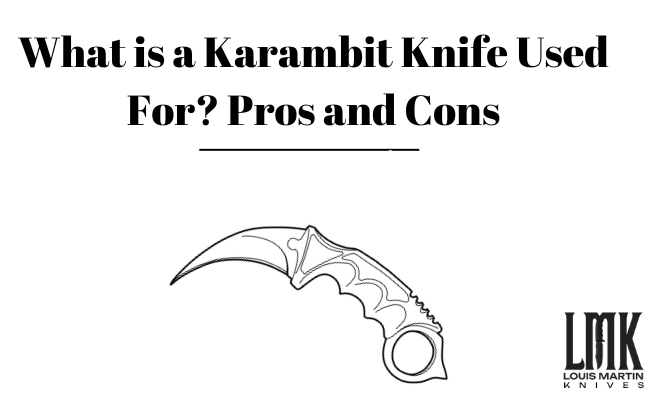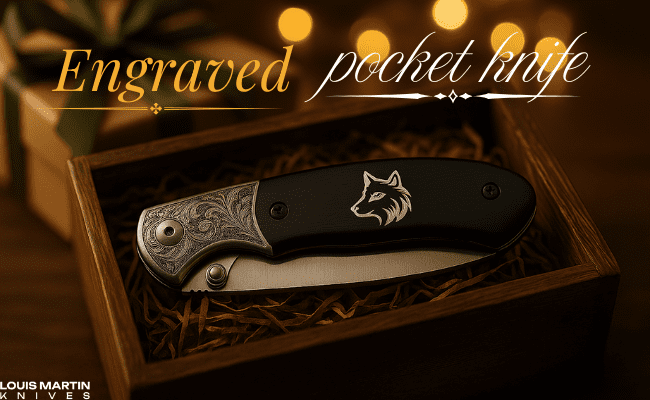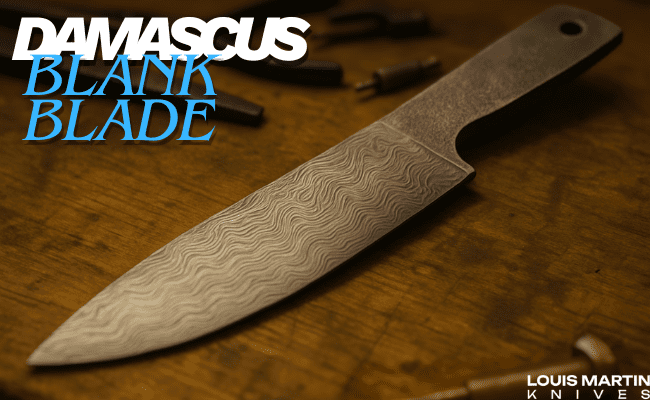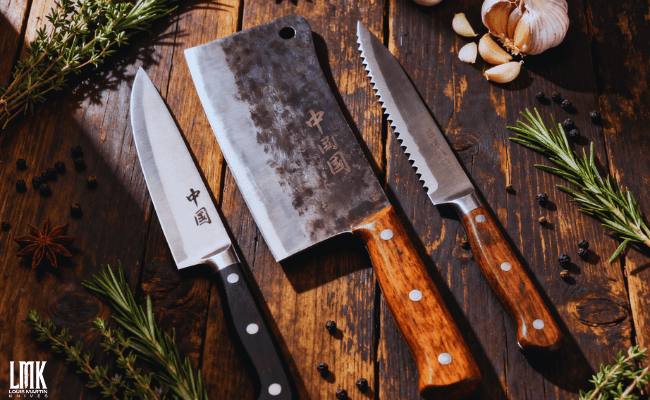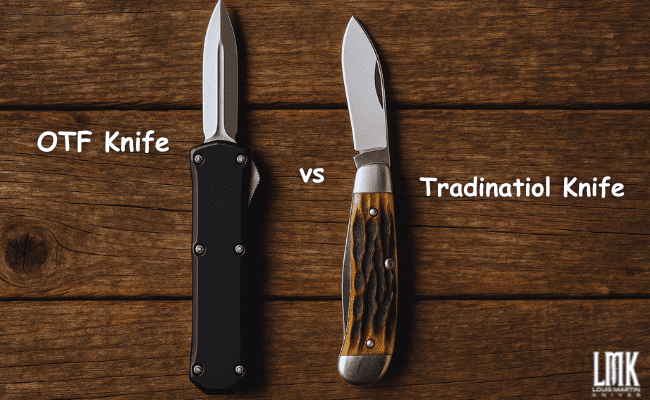The Karambit Knife, with its distinctive curved blade and finger ring, has captivated the imagination of knife enthusiasts and collectors worldwide. This unique tool offers an intriguing blend of history, practicality, and mystique. But what is a Karambit knife used for, and what are its pros and cons?
A high-quality Karambit knife with exceptional performance and design, consider exploring the diverse range of options offered by our custom knifemaker brand. We are committed to providing our customers with the best possible tools and resources to help them achieve their goals, whether it’s self-defense, outdoor adventures, or simply enjoying the beauty and craftsmanship of a unique knife.
What is a Karambit Knife?
The karambit knife is a unique and fascinating knife with a distinctly curved blade and a finger ring. This intriguing design isn’t just for aesthetics; it has a rich history and a variety of practical uses.
Origins and Traditional Uses
The Karambit was originally designed as a utility tool. Its curved blade was ideal for harvesting crops, cutting vines, and other agricultural tasks. The finger ring provided additional grip and control, especially in wet or humid environments.
Karambit’s effectiveness in close-quarters combat became apparent. Its unique design allowed for swift slashing and hooking movements, making it a formidable weapon in the skilled hands. Martial arts incorporating the Karambit flourished, further solidifying its place as a cultural icon.
Humble Beginnings to Weapon
The karambit knife originated in Indonesia, where it served as a multi-functional tool for agricultural tasks like harvesting crops and cutting vines. Its compact size and ease of use made it a valuable companion for everyday life. However, the karambit’s true potential soon became apparent as warriors discovered its effectiveness in close-quarters combat.
The curved blade and finger ring allowed for incredible control and devastatingly effective slashing and hooking movements. This led to the development of various martial arts styles specifically focused on the karambit, further solidifying its place in Indonesian culture and heritage.
Beyond the Battlefield
The karambit knife is still favored by martial artists and self-defense enthusiasts due to its compact size and ease of concealment. Its curved blade offers an advantage in close-quarters situations, allowing for swift and effective attacks.
Karambit’s usefulness extends far beyond self-defense. Its curved blade makes it ideal for cutting rope, cordage, and fabric, making it a valuable tool for outdoor activities like camping, hunting, and fishing. The finger ring provides secure grip, even in wet or slippery conditions, adding to its versatility.
More Than Just A Tool
The karambit knife’s unique design and intriguing history make it a conversation starter and a collector’s item. It represents a blend of tradition, practicality, and beauty, captivating knife enthusiasts worldwide.
Exploring the Karambit World
There are many resources available online. Various websites and forums offer information on its history, uses, and martial arts applications. Additionally, numerous knife manufacturers offer high-quality karambits in various styles and materials to suit your needs and preferences.
Discover the Versatility of the Karambit
The karambit is more than just a knife; it’s a symbol of history, culture, and practical ingenuity. Its unique design and versatility offer a variety of applications, making it a valuable tool for self-defense, outdoor activities, and everyday tasks. Whether you’re a seasoned survivalist, a martial arts enthusiast, or simply a collector, the karambit’s intriguing world has something to offer everyone.
Tradition to Modern
The best Karambit knives continue to find their place not just in museums and collections, but also in the hands of self-defense enthusiasts, outdoor adventurers, and even everyday users. Here’s a closer look at its modern applications:
Self-Defense
The best Karambit knives’ compact size and ease of concealment make it a favored choice for personal protection. Its curved blade allows for swift and effective slashing and hooking motions, providing a significant advantage in close-quarters situations.
Outdoor Activities
From camping and hunting to fishing and survival situations, the best Karambit Damascus knives versatility shines through. Its curved blade excels at cutting rope, cordage, and fabric, while its finger ring offers secure grip and control in wet or slippery conditions.
Everyday Tasks
The Karambit folding knives can be surprisingly handy for everyday tasks. From opening boxes and slicing fruit to preparing food and tackling DIY projects, this unique knife offers a surprising level of utility.
Pros and Cons
The Karambit knife has its own set of pros and cons. Here’s a breakdown to help you decide if it’s the right choice for you:
Pros
- Compact And Concealable: Ideal for self-defense and everyday carry.
- Curved Blade: Effective for slashing and hooking attacks, offering an advantage in close-quarters combat.
- Finger Ring: Provides superior grip and control, especially in wet or slippery conditions.
- Versatility: Useful for self-defense, everyday tasks, outdoor activities, and survival situations.
- Unique Design: A conversation starter and a collector’s item.
Cons
- Learning Curve: Requires training and practice to master the unique grip and techniques.
- Legal Restrictions: Some jurisdictions have restrictions on the ownership and carrying of Karambit knives.
- Not Ideal For All Tasks: The curved blade can be cumbersome for some everyday cutting jobs.
- Perception As a Weapon: May raise concerns or negative perceptions in certain situations.
Conclusion
The best Karambit knife is more than just a visually striking knife. Its rich history, practical applications, and versatility make it a valuable tool for self-defense, everyday tasks, and outdoor activities. It’s important to understand the legal restrictions and potential negative perceptions associated with the Karambit. The decision to own and use a Karambit skinning knife is a personal one.
By weighing the pros and cons and choosing the right model, you can unlock the potential of this unique and versatile karambit hunting knife.
FAQs
- What is a Karambit knife used for?
-
-
- The Karambit knife was originally designed as a utility tool for harvesting crops and cutting various materials. It evolved into a formidable weapon due to its effectiveness in close-quarters combat.
- The Karambit knife remains a popular choice for self-defense due to its compact size and ease of concealment. It’s also used for everyday tasks like opening boxes, slicing fruit, and preparing food.
- The Karambit knives find practical applications in various fields like outdoor activities, hunting, and survival situations. Its curved blade excels at cutting rope, fabric, and other fibrous materials.
-
- What are the pros and cons of a Karambit knife?
-
-
- Pros: Compact size, ease of concealment, effective for close-quarters combat, versatile for self-defense, everyday tasks, and outdoor activities, unique design.
- Cons: Requires training and practice to master, legal restrictions in some areas, not ideal for all tasks, may raise concerns or negative perceptions.
-
- How do I choose the right Karambit knife?
-
- Consider the blade material (stainless steel or Damascus steel preferred), handle material (comfort and grip), ring size, locking mechanism, and your intended use (self-defense, everyday tasks, or both).
